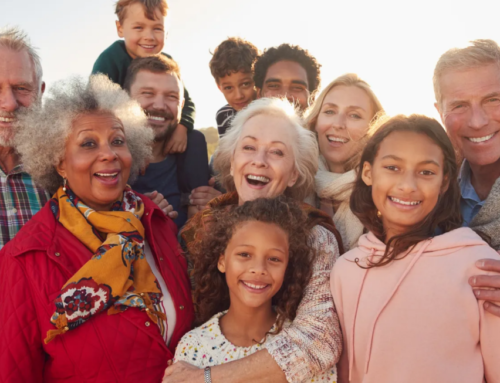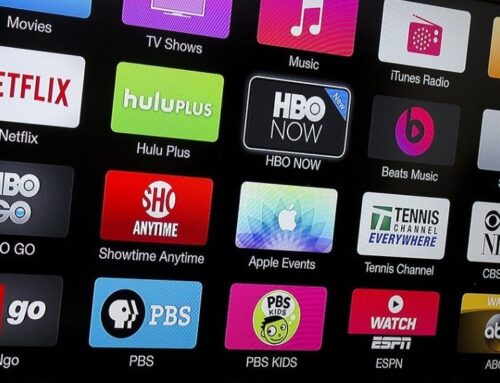The Transformation of Advertising for Women
Advertising has played a pivotal role in reflecting and shaping societal perceptions of women over the decades. From reinforcing traditional gender roles to celebrating empowerment and diversity, the evolution of advertising for women reflects broader social changes and shifting cultural norms. Let’s explore how portrayals of women in advertising have evolved and the impact of these changes.
Traditional Stereotypes and Gender Roles
In the early to mid-20th century, advertisements often portrayed women through narrow, stereotypical lenses. They were commonly depicted as homemakers, caregivers, or objects of desire, reinforcing traditional gender roles. Advertisements for household products frequently targeted women as the primary consumers, emphasizing domestic duties and maintaining family harmony.
Breaking Barriers: Rise of Feminism
The 1960s and 1970s marked a significant shift in advertising as the feminist movement gained momentum. Advertisers began challenging traditional stereotypes and portraying women in more diverse roles. Campaigns started promoting messages of independence, empowerment, and equality. Brands recognized the growing influence of women as consumers and began addressing their aspirations beyond domesticity.
Representation and Diversity
By the 1980s and 1990s, advertising began to embrace diversity and representation more visibly. Campaigns featured women from diverse backgrounds, ethnicities, and body types. Brands started celebrating individuality and challenging conventional beauty standards. This era saw the rise of iconic campaigns that empowered women and promoted self-confidence.
From Objectification to Empowerment
In the early 2000s, there was a notable shift towards empowering narratives in advertising. Brands moved away from objectifying women and focused instead on portraying them as strong, capable individuals. Campaigns emphasized women’s achievements, leadership roles, and contributions to society. Advertisers increasingly aligned their messaging with progressive values, advocating for gender equality and social justice.
Digital Age and Authenticity
The advent of digital and social media platforms in the 21st century reshaped advertising once again. Women gained platforms to challenge stereotypes, share diverse perspectives, and demand authentic representation. Social media influencers became powerful advocates for body positivity, inclusivity, and women’s empowerment, influencing advertising trends.
Intersectionality and Inclusive Marketing
Today, advertising for women continues to evolve with a focus on intersectionality and inclusive marketing. Brands are embracing diversity not only in terms of gender but also across race, ethnicity, sexual orientation, ability, and age. Campaigns strive to resonate with a broader audience by reflecting the multifaceted identities and experiences of women worldwide.
Conclusion
The evolution of advertising for women reflects broader cultural shifts towards inclusivity, empowerment, and representation. From reinforcing traditional gender roles to celebrating diversity and challenging stereotypes, advertising has played a critical role in shaping perceptions and promoting social change. As we move forward, the emphasis on authenticity, empowerment, and diversity will continue to define the future of advertising, ensuring that women’s voices and experiences are accurately represented and celebrated. Girl power.





